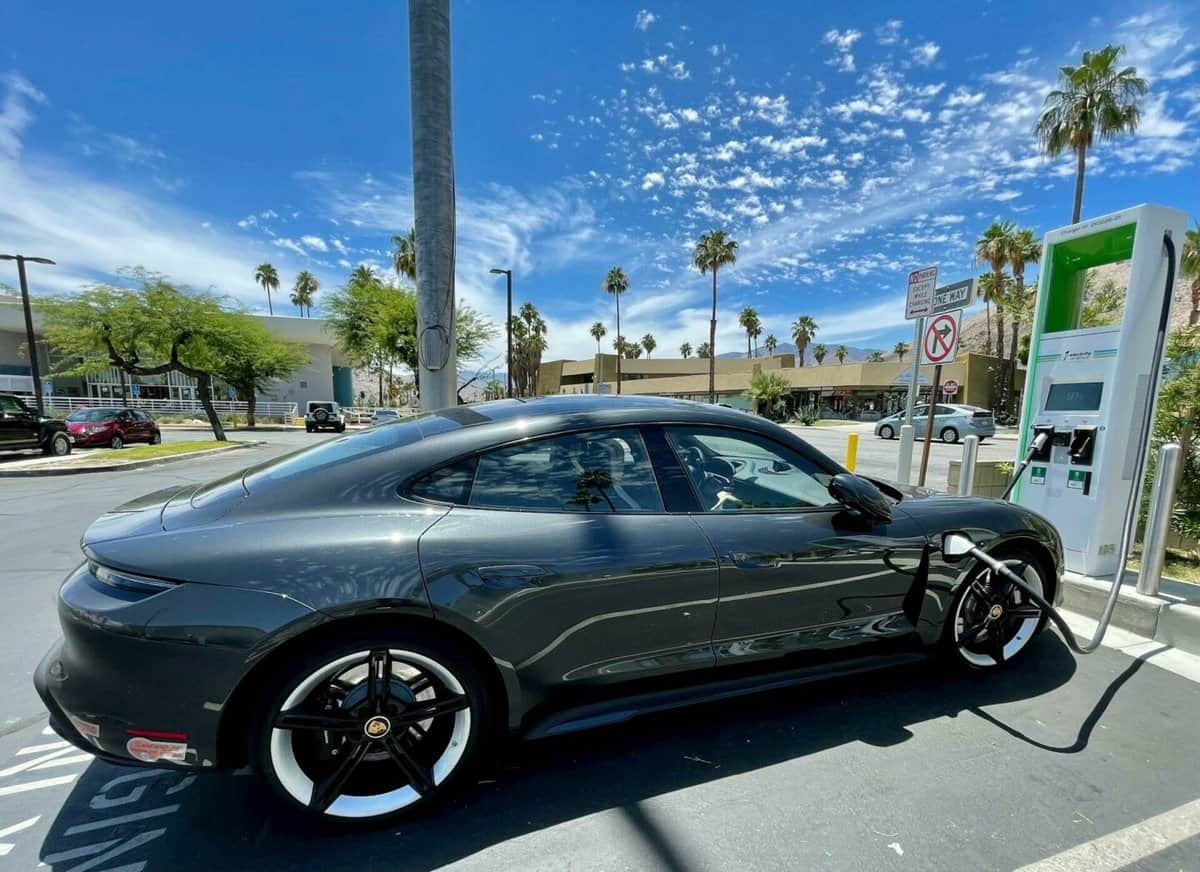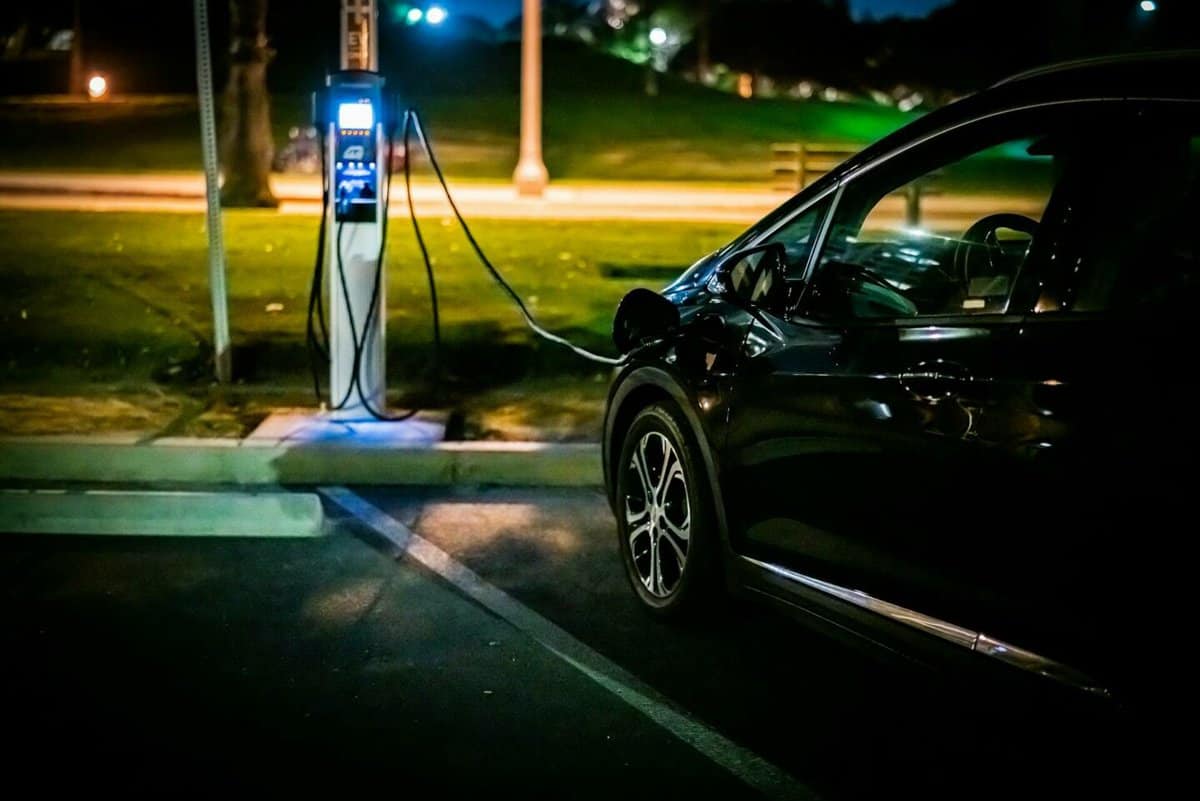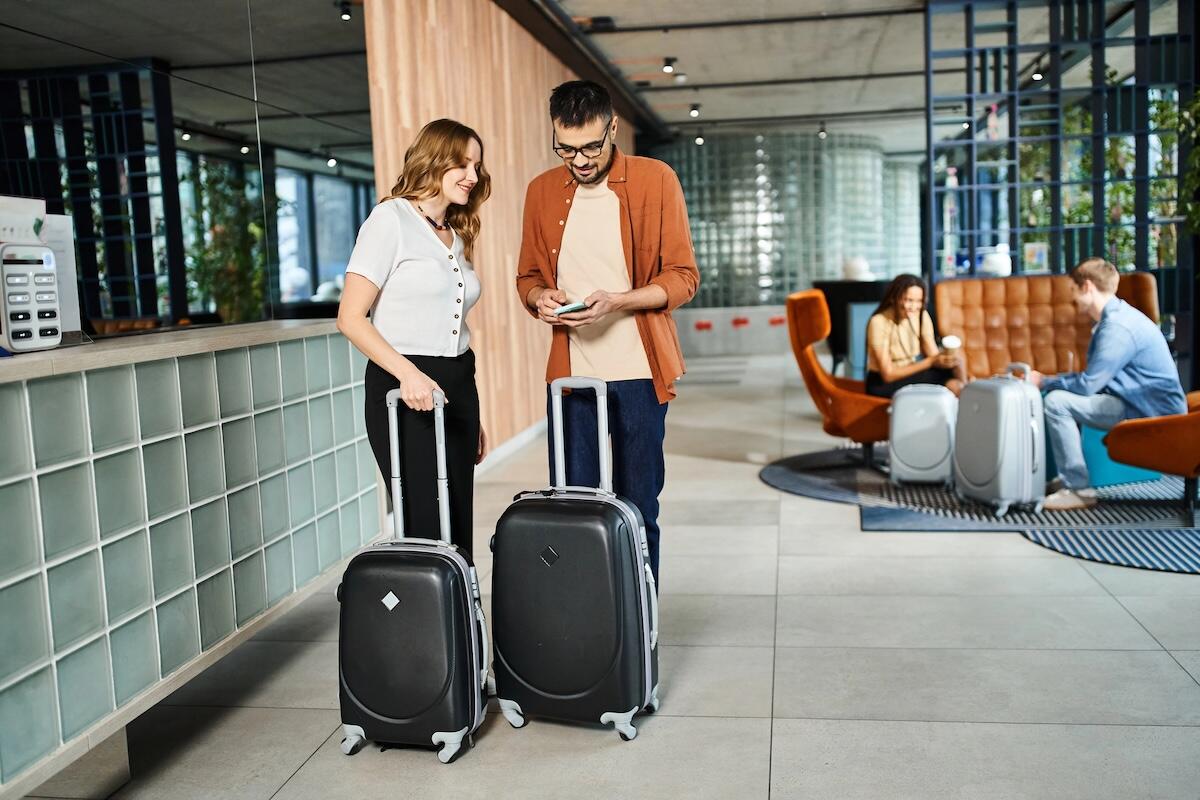7 Tips for Planning EV Road Trips and Long-Distance Travel
Electric vehicles (EVs) continue to become popular as the modern transportation option due to their sustainability and energy efficiency.
Because of this, more drivers are exploring the idea of going on road trips and long-distance travel in electric vehicles.
However, travelling in an EV can be quite different from that of a petrol-powered car.
Before going on a long trip using your EV, careful consideration and planning needs to be done before you leave.
Making sure that your EV is properly charged is one of the most basic requirements that you’ll need to consider.
This means that you’ll need a Hypervolt EV charger installation or something similar done at your home to ensure that your vehicle is sufficiently charged at all times.
You must also factor in the vehicle’s charging time and how it can affect your journey.
These are only a few of the things you need to consider to make sure that you have a smooth and enjoyable drive.
So if you’re planning to take your EV on a long-distance adventure, check out these tips.
Know Your EV’s Range
Not all electric vehicles are the same in terms of their range.
Some EVs have a range of up to 500 kilometres while others can handle 250 kilometres or less.
If you’re going on a road trip, make sure you understand your EV’s range and the factors that affect it.
This includes the vehicle’s battery size, driving conditions, and speed.
As a tip, utilise online tools and resources to estimate your EV’s range before your trip.
This should help you avoid range anxiety and ensure a stress-free journey.

Plan Your Route Around Stops
When planning your route, consider doing it with rest stops and charging points in mind.
This ensures that you and your vehicle are ready for the rest of the adventure.
Plan the stops based on your EV’s charging speed and the distance between charging stations.
You can use charging station locator apps and maps to ensure you locate reliable infrastructure.
Check the availability of different types of chargers along with their compatibility with your EV, too.
Remember, fast chargers and level 2 chargers are some of the available options if you want a quick charge that will get you back on the road as soon as possible.
Additionally, doing research on the EV charging infrastructure of the places you’ll be visiting is a wonderful idea.
It will allow you to explore attractions while waiting for your vehicle’s battery to recharge.
Consider Charging Time
Refuelling a vehicle with an internal combustion engine often only takes a few minutes.
But in the case of EVs, it may take a bit longer to charge their batteries.
Having said that, know the time it takes to charge your EV at different types of charging stations.
Apart from this, allow extra time for charging breaks to account for potential delays or crowded charging stations.
Another recommendation is to have shorter charging sessions so you can get back on the road faster.
Unless you need the range to get to your next stop, EVs usually don’t need a 100% battery charge.
In many cases, an 80% charge is sufficient. It also takes the same amount of time to charge an EV battery from 80–100% capacity as it does from zero to 80%.
Recharge Your EV at Your Accommodation

As EV ownership grows, many accommodations are catering to them by providing EV charging as an amenity.
So when booking an accommodation for your road trip, look for hotels or rental properties that offer EV charging facilities.
This will help you save time on your journey. That’s because you can park your vehicle and recharge its battery while you rest overnight.
Then, you can start the next day of your journey with a full battery.
Optimise Your Driving Habits
If you want to extend your EV’s range and reduce frequent charging stops, practise efficient driving habits.
This involves avoiding abrupt acceleration and using regenerative braking.
Utilise eco-driving techniques to conserve energy as well by reducing the use of the vehicle’s heater or air conditioning whenever you can.
These can significantly drain your vehicle’s battery when they’re constantly being used.
Be Prepared for Emergencies
You never know what can happen while you’re on the road.
That being said, it’s always better to be prepared when something goes wrong.
Pack essential items such as emergency roadside assistance kits and tire repair kits.
Take the time to familiarise yourself with EV-specific emergency procedures and prepare a list of contacts for EV roadside assistance services before the trip as well.
It’s also important to plan alternative routes and backup charging options just in case of unforeseen circumstances.
Stay Flexible
Whether you’re driving to another city or across the country, road trips can be full of surprises.
Sometimes, you might stumble upon road constructions or encounter weather changes that might force you to take a detour.
In these cases, it’s best to be flexible and adaptable. Adjust your plans as needed based on the changing circumstances.
If you need to take a longer route, which might necessitate the use of more charging points, then do so.
Head to your accommodation if the weather takes a turn for the worse. It’s best to keep a positive attitude and prioritise your safety in these situations.
Planning a road trip in an electric vehicle requires a different kind of preparation compared to driving a gas-powered car.
But with the right approach, it can be a rewarding and enjoyable experience.
Consider following these tips to ensure a safe journey while embracing the adventure and challenges that come with EV road trips.
Discover more from Zena's Suitcase
Subscribe to get the latest posts sent to your email.





